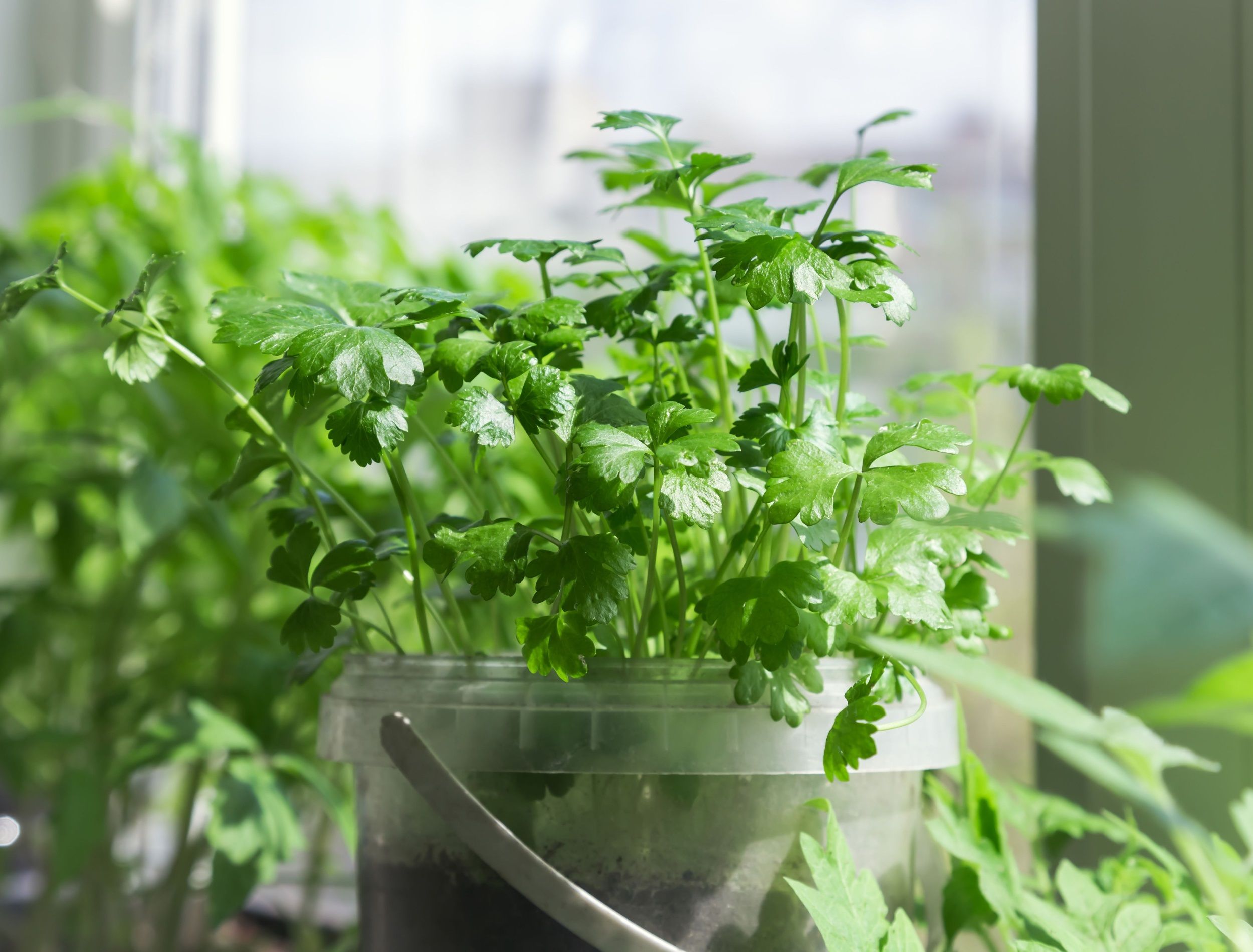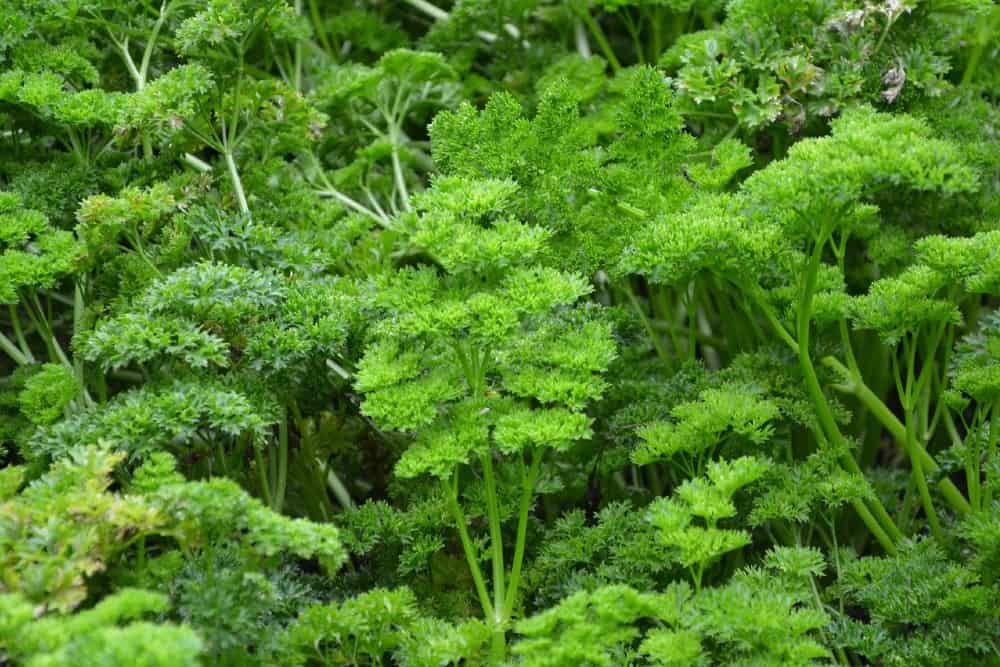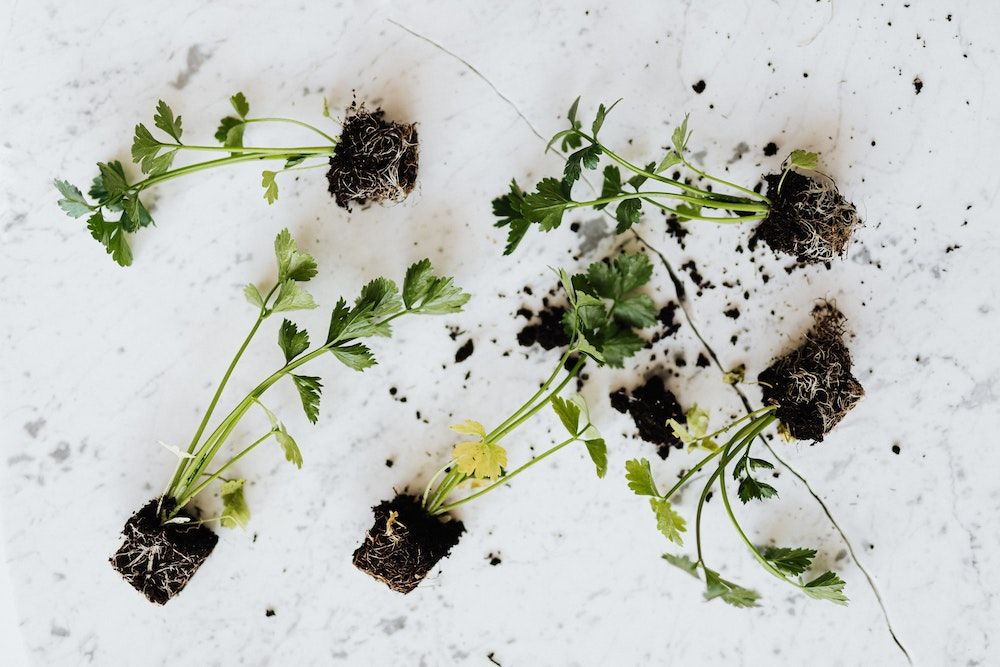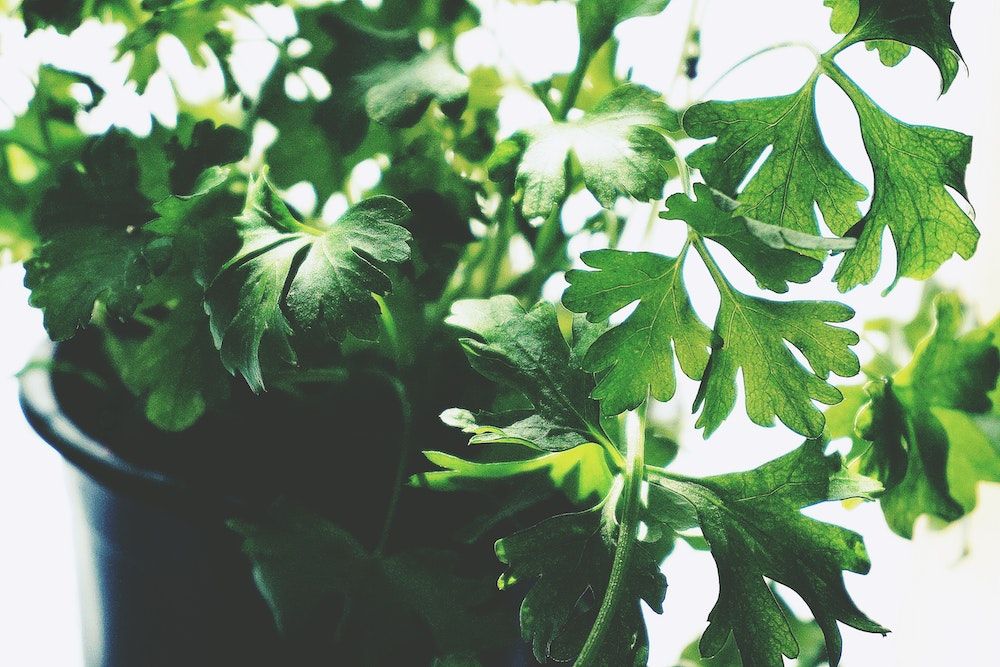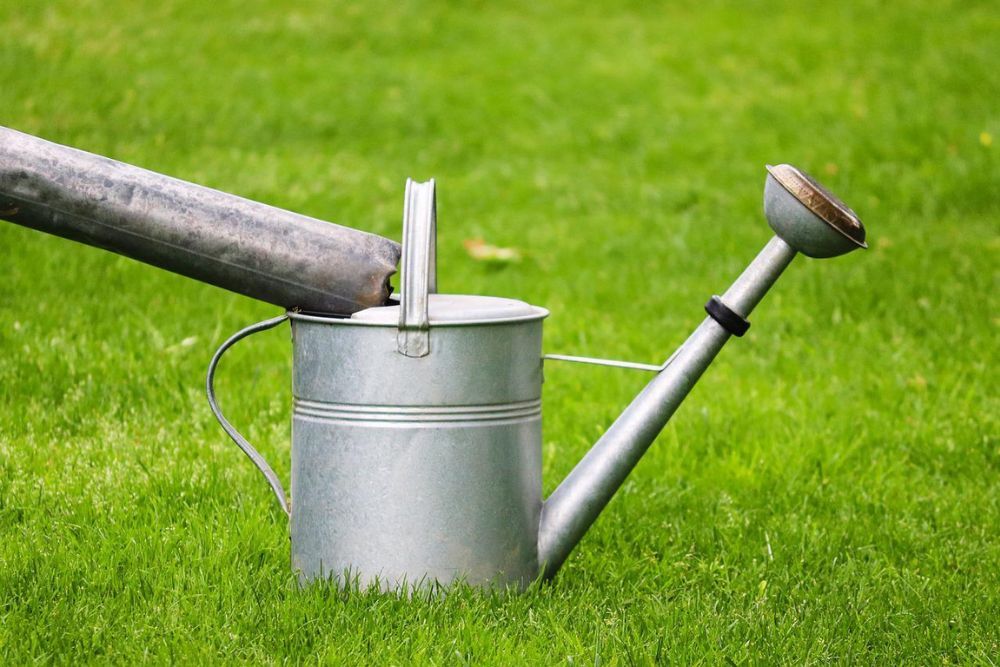Parley should be at the top of the list if you are contemplating starting a herb garden. The nutrition-rich herb may be mild in flavor compared to other herbs, but it is a popular garnish and a perfect way to end your dish.
Parsley has two main varieties, flat-leaved and curly-leaved, and is a biennial plant making it slightly more complicated to harvest. However, it's a tolerant plant that can happily grow on your windowsill inside your home. Here are the top tips for growing parsley indoors.
1. Flat-Leaved or Curly-Leaved
Image Credits: JACLOU-DL via Pixabay
First, you have to make a choice! Both parsley varieties, flat-leaved and curly-leaved, have similar growing instructions. The primary difference is in their looks and tastes, so choose one that fits your culinary preference.
Flat-leaved parsley has flat serrated leaves with a more vigorous and sweeter flavor than the other variety. This attribute makes it a favorite in the kitchen. However, the plant is not very attractive and can look gangly. It can grow up to 2 to 3 feet tall.
Curly-leaved parsley has more compact leaves, imparting a lush look when planted in containers. It only grows about 8 to 14 inches tall and lacks the robust flavor profile of its flat-leaved sibling. You can use the striking curly leaves as a fancy garnish to elevate the look of your food.
2. Seeds or Seedlings
Image credits: Karolina Grabowska via Pexels
You can grow parsley from seeds or purchase a seedling from your local nursery ready for transplanting. If you venture down the growing from seeds route, it can be tricky to get the seeds started, but not impossible. For the best results soak the seeds for 24 hours before sowing. You should start this process six to eight weeks before the last frost date in winter.
For growing parsley indoors, fill a 10-inch pot with seed compost. Scatter the seeds, cover them with ½ inch layer of compost, and water carefully. Place the pot on a sunny windowsill or under artificial lights.
Keep the soil moist and the temperature around 70 degrees Fahrenheit (use a heating pad) to promote germination. It can take about weeks for the seedlings to appear, so patience is the key! The seeds will germinate between two and five weeks.
3. Soil and Pot
Image credits: Alicia Fdez via Canva
Parsley grows best in loamy, well-draining potting soil rich in organic matter. The ideal soil for growing parsley is slightly acidic, with a pH between 6 to 7.
When it comes to choosing the pot, drainage holes are a must! The delicate roots of the herbs require good drainage to survive. Moreover, you can use clay pots though they have pros and cons.
Clay is a porous material that promotes air and water flow through the soil. While this attribute helps prevent root rot, it dries the soil more quickly. So, when using clay pots, stay vigilant about soil dryness/moisture and water frequently.
On the other hand, plastic and glazed containers tend to keep the soil moist for longer. If you overwater, the roots will sit in waterlogged soil, leading to rot.
4. Light and Fertilizer
Image credits: Suzy Hazelwood via Pexels
The best place to keep your parsley pot is on a sunny, ideally south-facing window, with six to eight hours of direct sunlight daily. Rotate the pot every three to four days for even exposure to light and to prevent the plant from leaning into the sun.
You can also use a fluorescent light to supplement the lack of light in your home. Keep the light at least 2 inches above the top of the plant. If your plant looks spindly, it is because of inadequate light.
Parsley can also benefit from regular feeding every four to six weeks. Use a liquid fertilizer at half the recommended strength.
5. Water and Humidity
Image credits: Manfred Richter via Pixabay
Like most kitchen garden herbs, parsley always prefers lightly moist soil. Usually, watering once a week is sufficient.
Parsley also likes humidity when grown indoors, so it thrives in the kitchen. But if you plan to keep the pot in some other part of your home, place it on a pebble tray periodically or mist the leaves twice a week to fulfill its humidity requirements.
6. Harvesting and Storing
Image credits: Ahanov Michael via Canva
When your plant is ready for harvest, snip as many leaves as you want using clean scissors and allow the rest of the plant to grow. Alternatively, you can cut the stalk above the potting soil at the base. Doing so would promote new growth for a fresh harvest. Once the seed stalk appears, it signals the end of the growing period, and the plant dies.
You can easily store excess herbs for future use. Dry out parsley by tying the stems with a rubber band and hanging them upside down in a dark, dry place with good airflow. You can also place them in a heated oven (100 to 110 degrees Fahrenheit) for a few minutes for quick drying. Another way to store parsley is to stick it in the freezer in a Ziplock bag.
Good to know: Consume your stored parsley (dried or frozen) within a year.
Mild-Mannered, Mild-Flavored Parsley
Parsley is one of the best herbs for growing indoors. You can start it from seed or save yourself the extra trouble and transplant store-bought seedlings. Care for your plant by exposing it to plenty of sunlight, keeping the soil moist, feeding it timely, and providing it with lots of humidity.
Enjoy the distinct flavor profile of this herb in your stuffings, sauces, pasta, and dips, or generously sprinkle the leaves as final touches to your food right before you serve.
Which type of parsley would you grow in your kitchen, the flavorful flat-leaved or the elegant curly-leaved? Share below in the comments!

